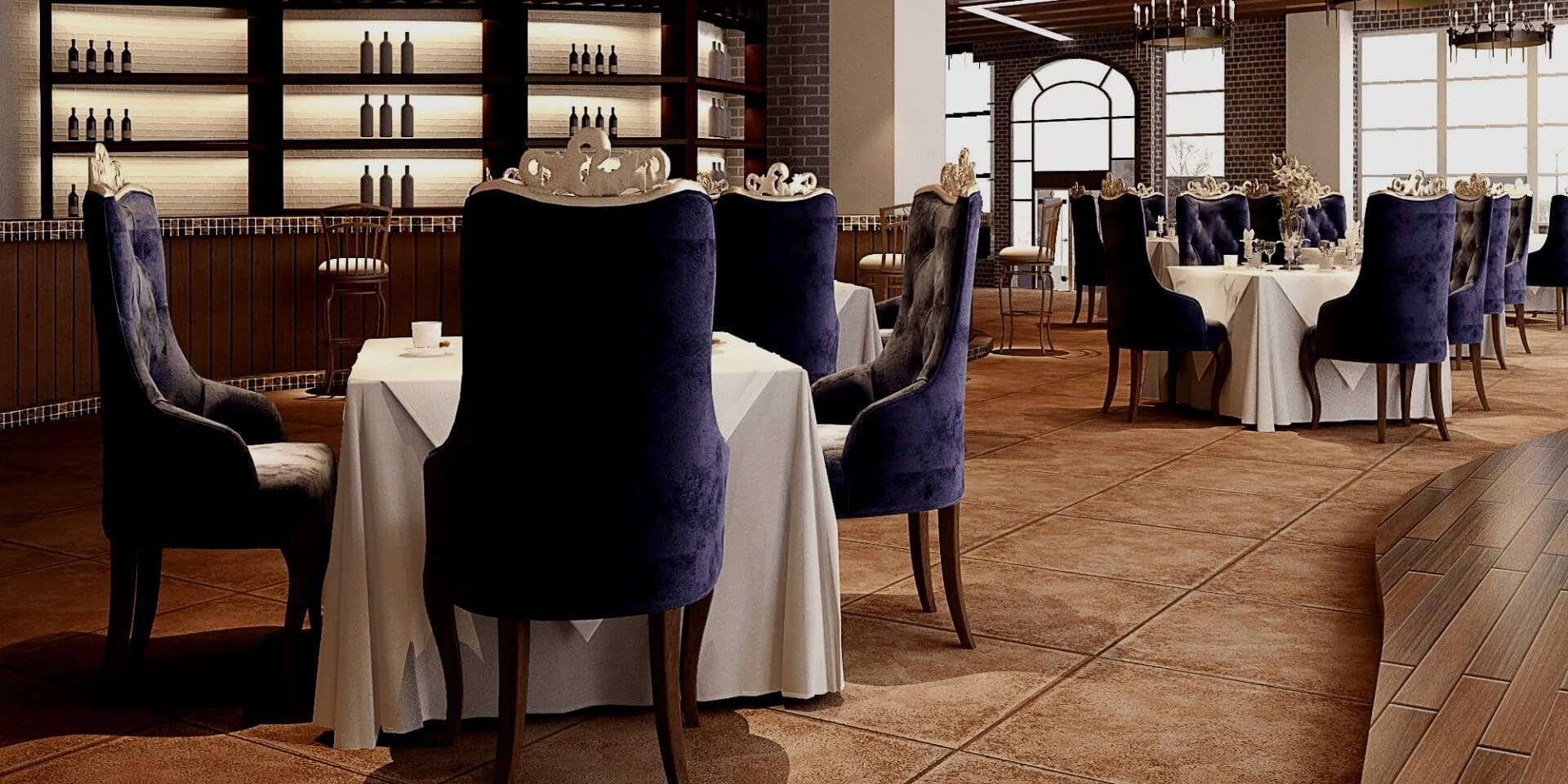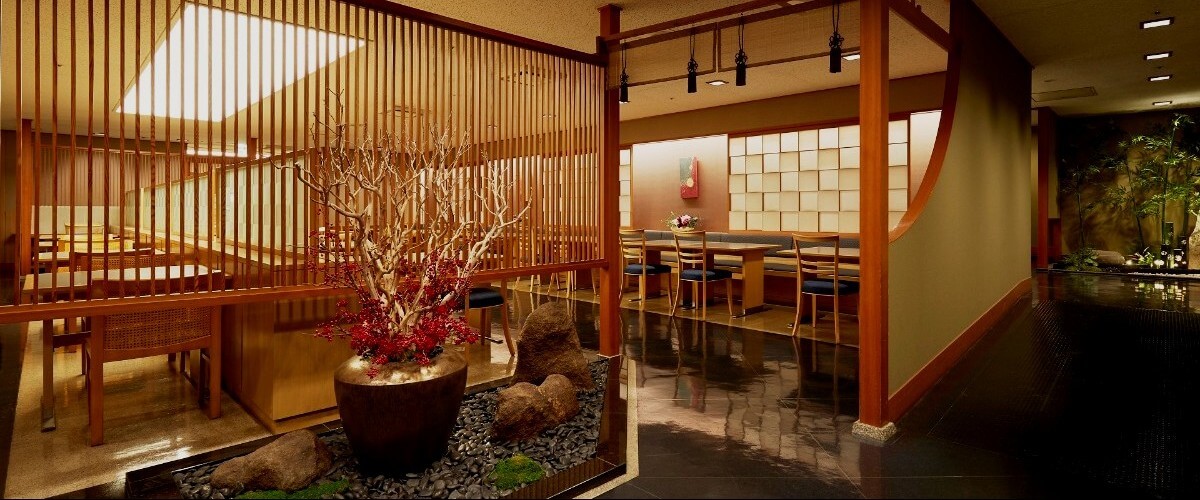The Main Differences Between Restaurant Formats
Creating the perfect restaurant concept with a unique atmosphere and delicious cuisine can make all the difference. But there’s more to creating an unforgettable culinary experience than simply offering tasty dishes – you have to consider format, menus, customer service elements, and overall branding. Every type of cuisine requires different considerations when structuring a successful restaurant format, so it’s important to know what those differences are!

Italian restaurant
The main differences between opening an Italian restaurant and an establishment with any other cuisine are the details of menu preparation, interior design, and bar menu. Your menu should have both popular and rare dishes. It will make your restaurant different from others. Some examples of rare dishes are minestrone, polenta, gnocchi, and dishes with truffles. Make sure to also have good desserts like tiramisu, cannoli, sabayon, and panna cotta.
Japanese restaurant
Recently, Japanese restaurants have become more common. So every year, new Japanese restaurants open. One significant advantage of Japanese restaurants over other restaurants is that many people order food to go or be delivered. In these types of restaurants, the kitchen is usually open so that guests can watch the sushi and rolls being made. As a result, these items are usually the most popular on the menu, while other items, such as sashimi, salads, soups, and desserts, are ordered less often.

American restaurant
The menu of American restaurants usually consists of classic recipes such as hamburgers, hot dogs, and sandwiches. Popular side dishes include French fries, mashed potatoes, macaroni and cheese, coleslaw, and potato salad. In addition to this type of food, many establishments offer regional favorites like crawfish, gumbo, and chili. American restaurants often have a full bar with beer, wine, and specialty cocktails.
Mexican restaurant
The most significant difference between an American-style Mexican restaurant and a traditional taqueria is the type of menu offered. Mexican restaurants typically offer a wide variety of dishes, such as tacos, burritos, enchiladas, quesadillas, tamales, and fajitas. They are usually accompanied by sides such as rice, beans, chips, and salsa. In addition, traditional Mexican restaurants often offer regional specialties like chilaquiles and pozole. Drinks can vary from margaritas to aguas frescas.
In conclusion, the key to a successful restaurant format is understanding what makes your cuisine unique and tailoring your restaurant to fit that style. Each type of cuisine requires different considerations regarding the menu, interior design, bar menu, and customer service elements. By taking the time to understand these differences, you can create an unforgettable culinary experience for your customers!